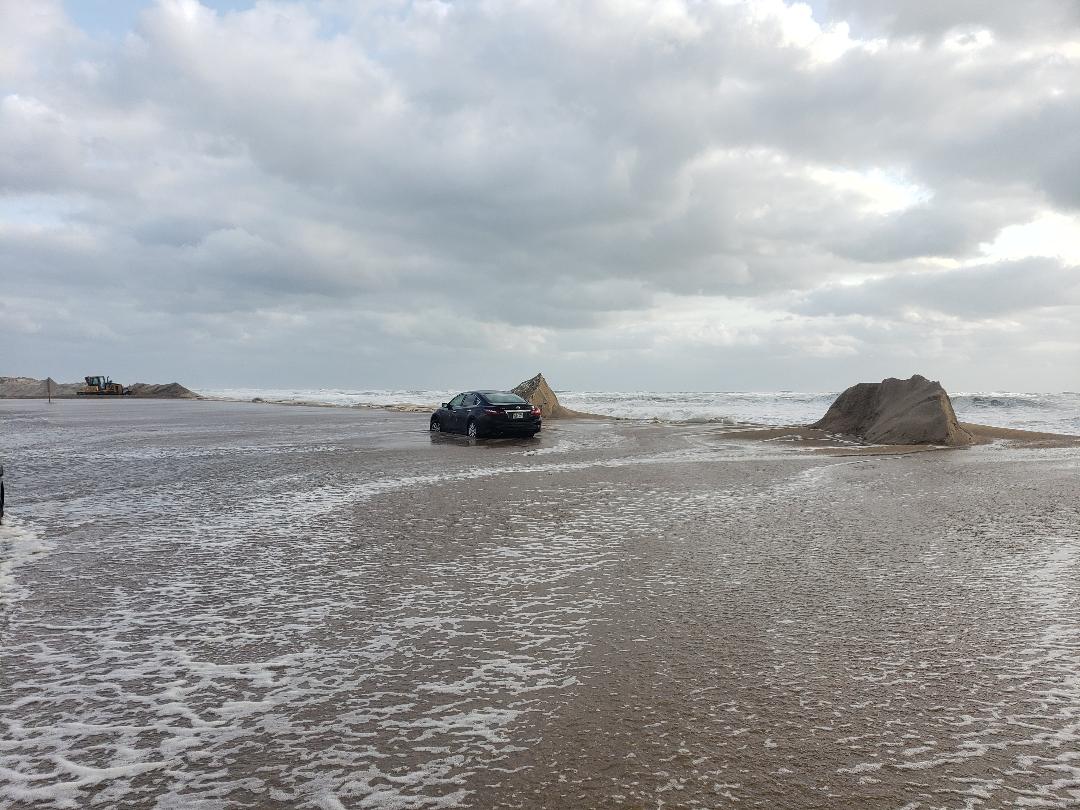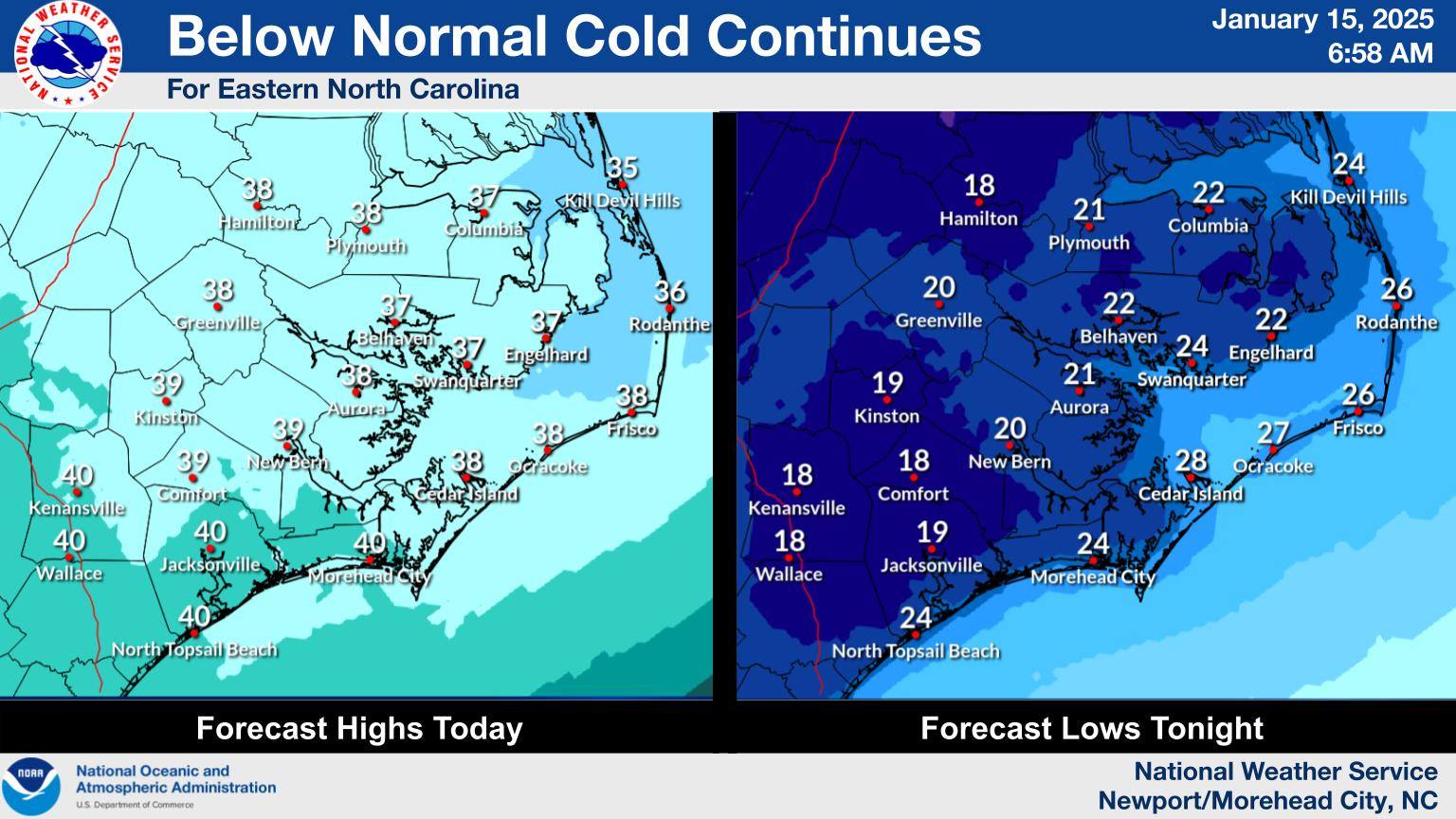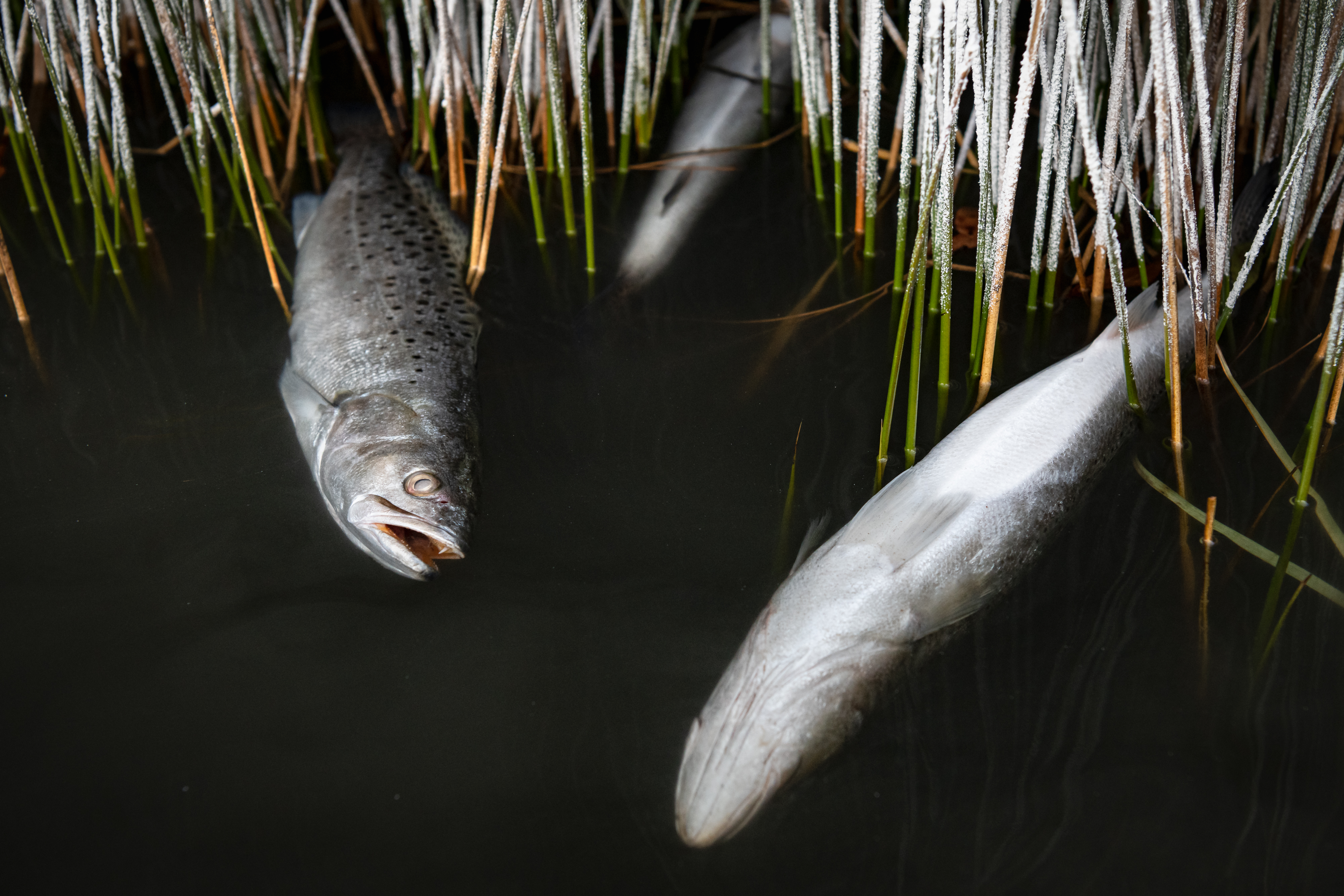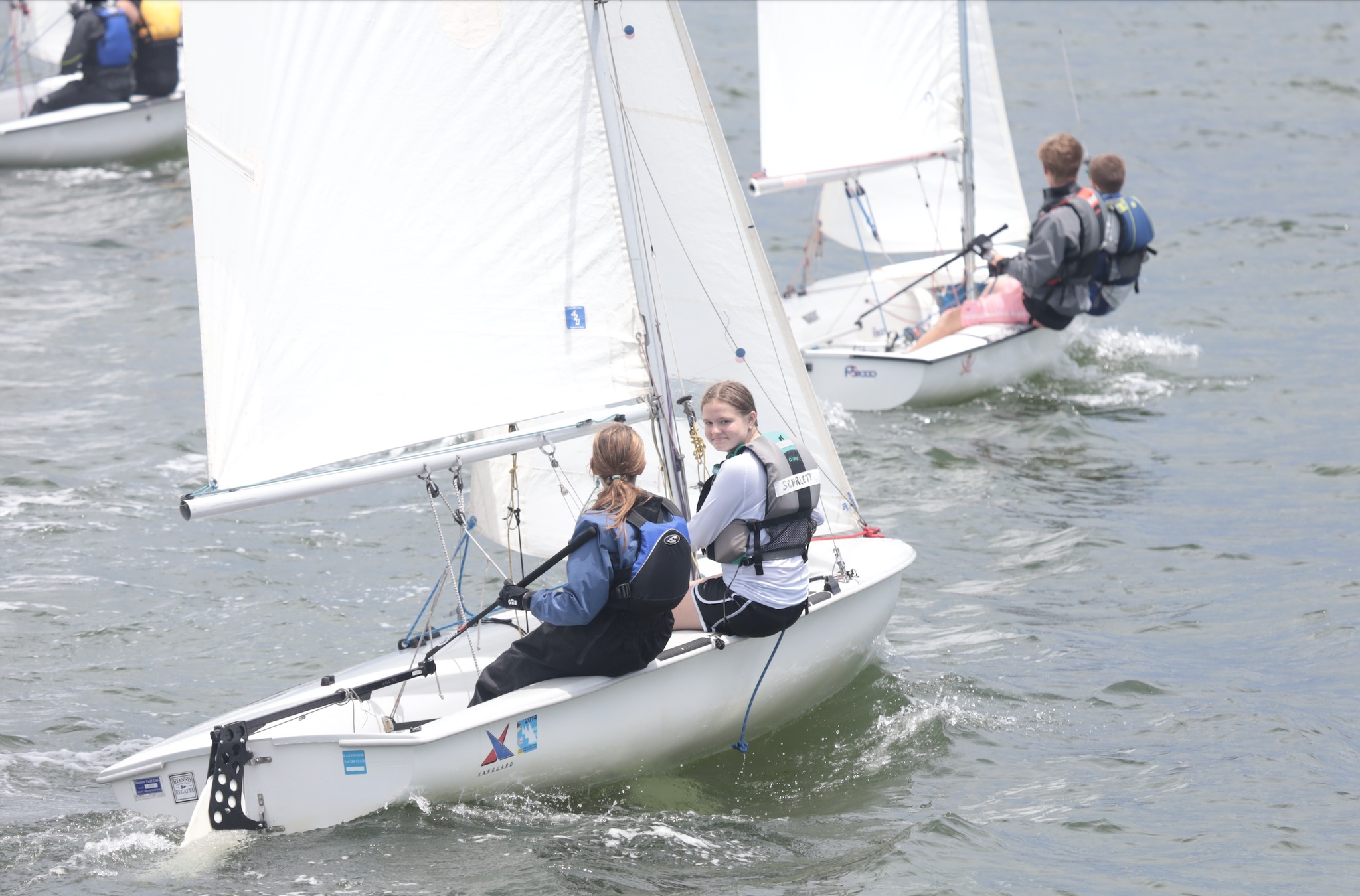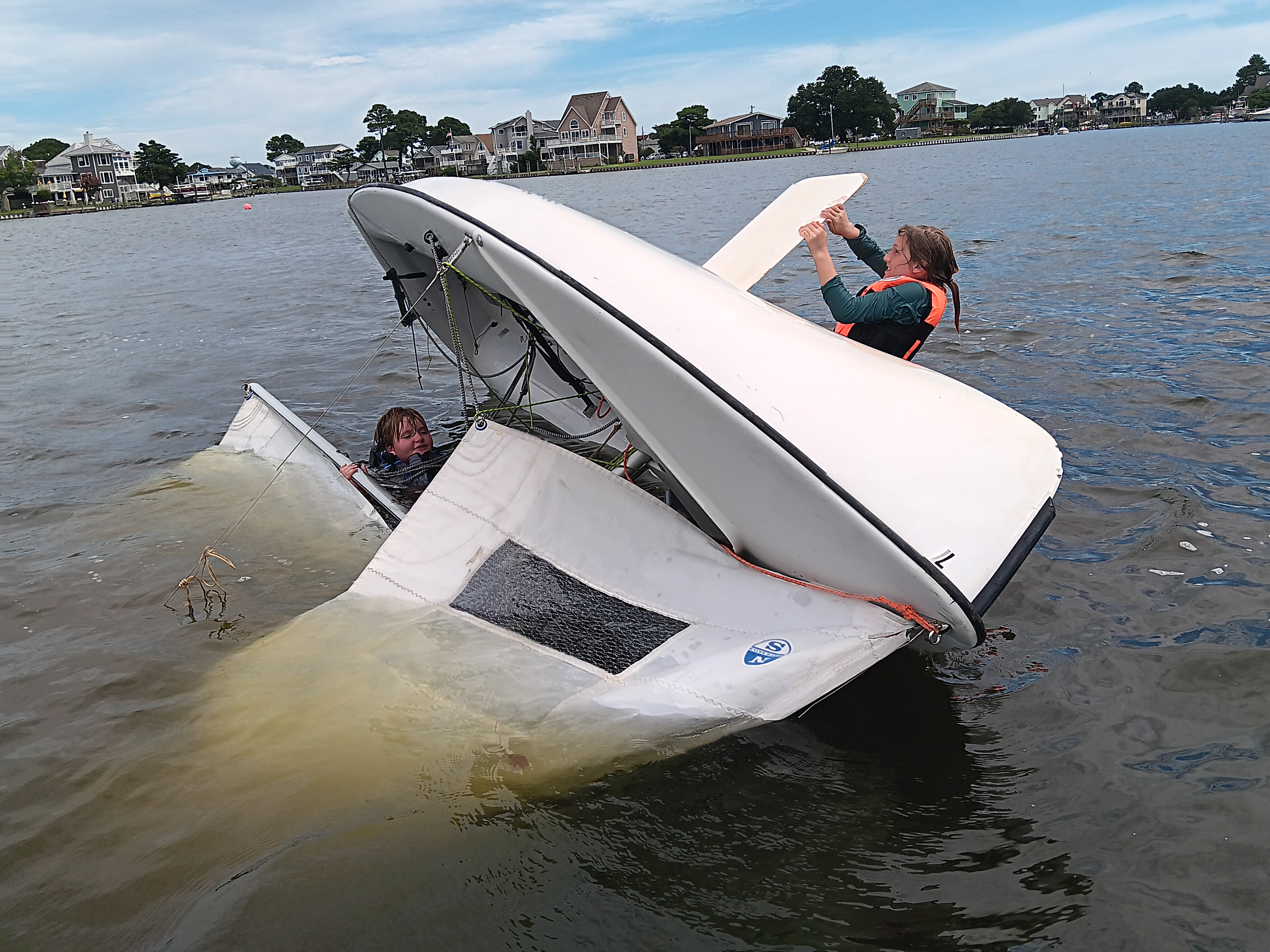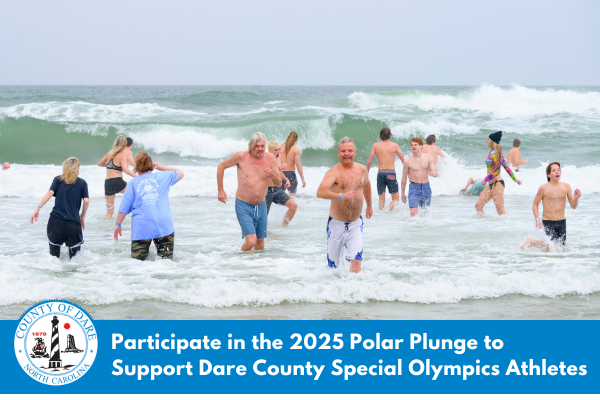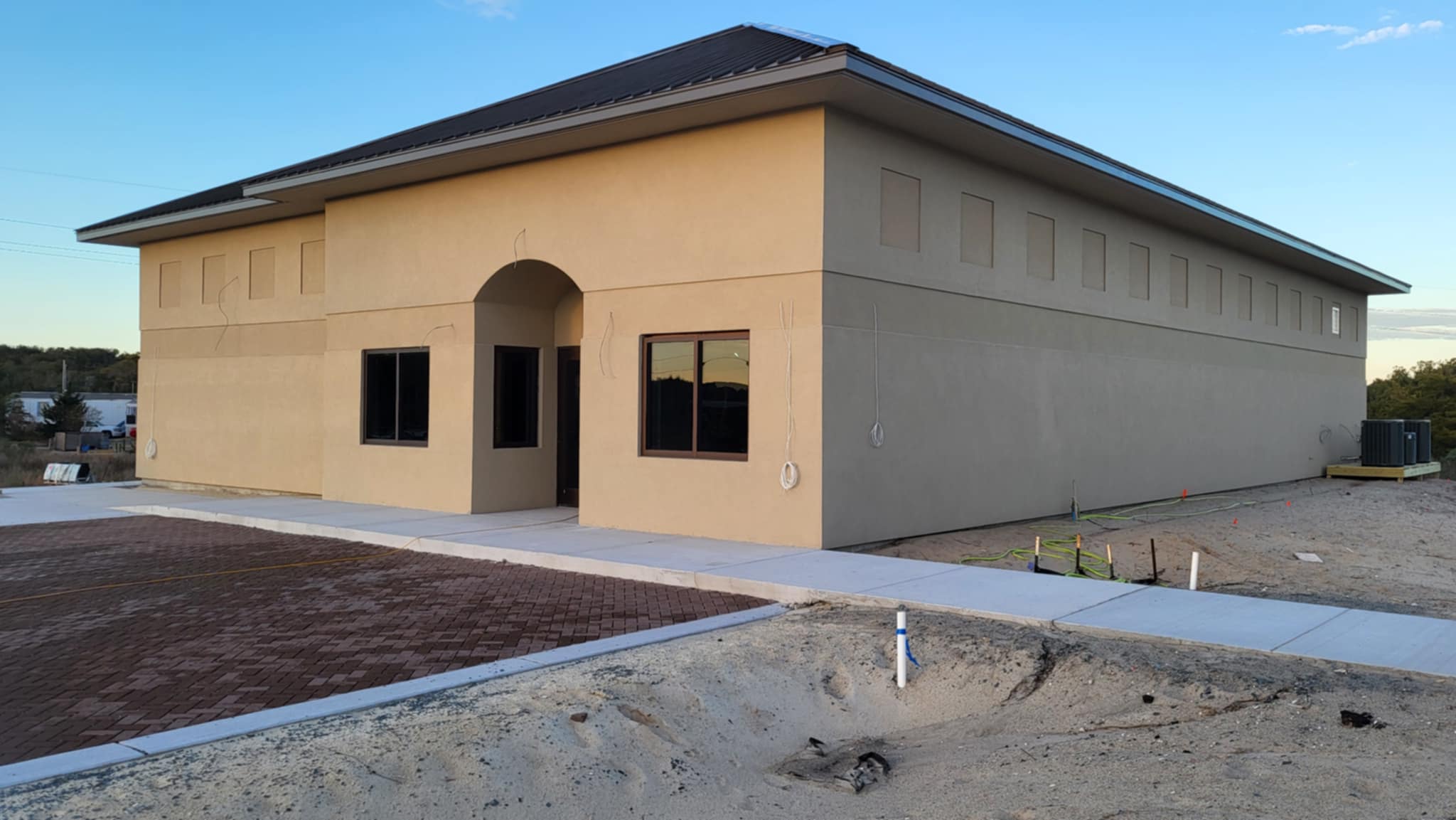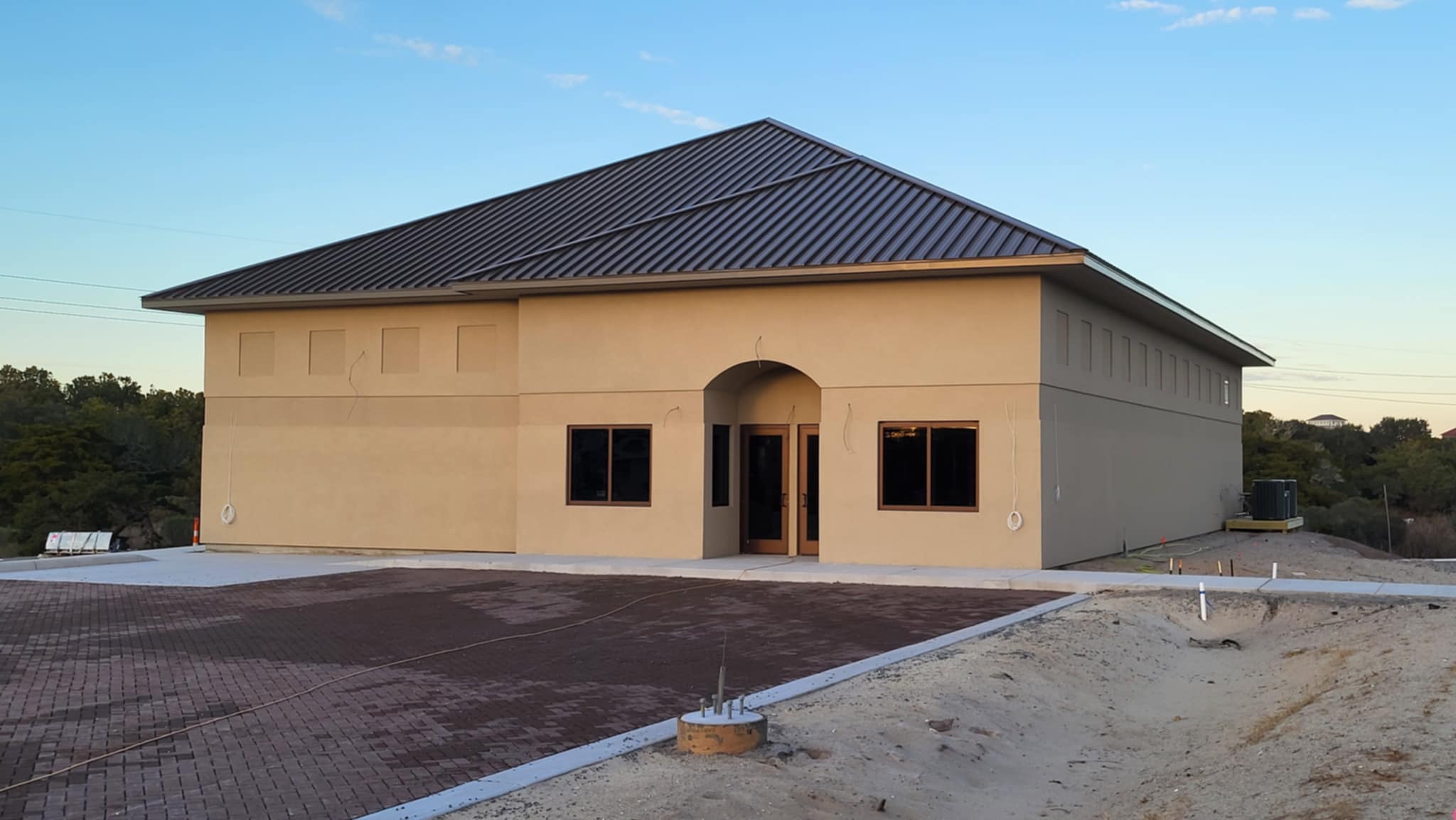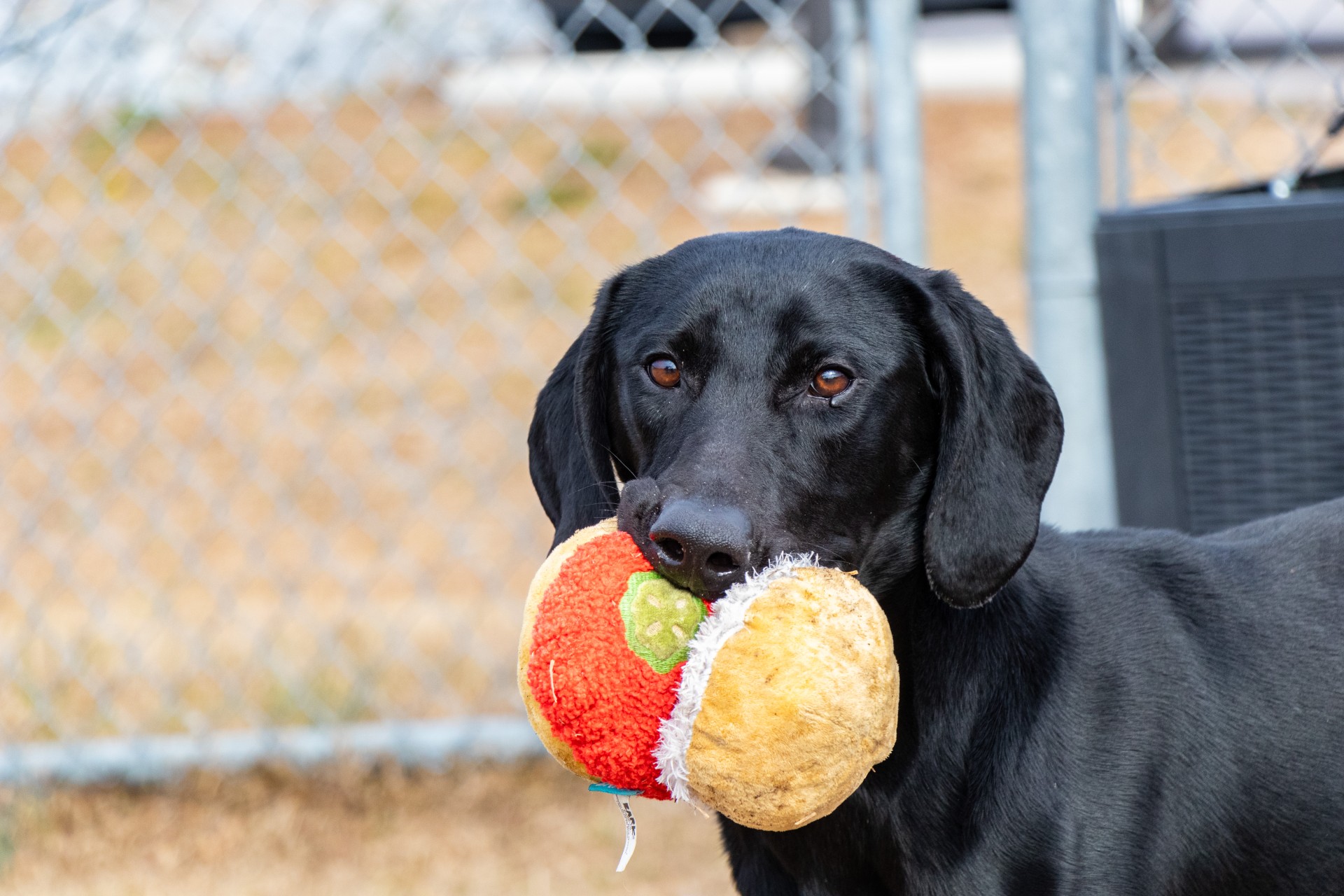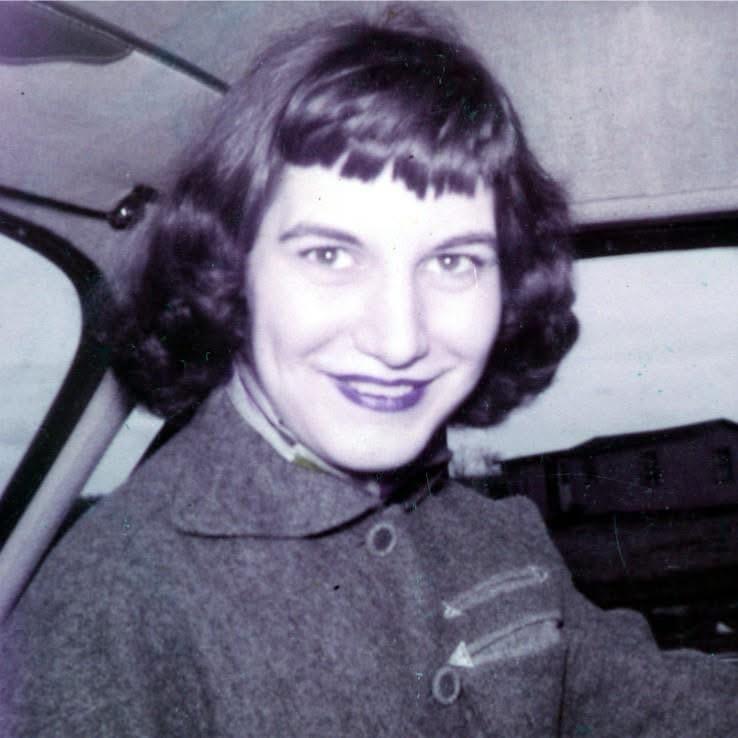‘Balloons blow, don’t let them go’ – An Outer Banks local is on a mission to spread the word

Debbie Swick has never been a fan of balloons. Working in the restaurant industry for 35 years, she went to great lengths to minimize their presence – and their impacts – whenever she could in her New Jersey home. “Even when I was a Banquet Manager, when balloons were used as centerpieces, I made sure they were destroyed in front of me,” she says. “I just knew the damage they could do.”
When she moved to the Outer Banks four years ago and started volunteering with the Network for Endangered Sea Turtles (N.E.S.T.), the Outer Banks Marine Mammal Stranding Network, and other local organizations, her lifelong distaste turned into persistent action.
Balloons that are released into the air can travel an average of 1,300 miles before they land.
Mylar balloons, created from Nylon and a thin layer of petroleum-based metalized film on top, take around 100 years to break down, while the ribbons they are attached to take an average of 150 years.
“Break down” is a generous term, too, because when balloons disintegrate, they simply devolve into tiny pieces of microplastics.
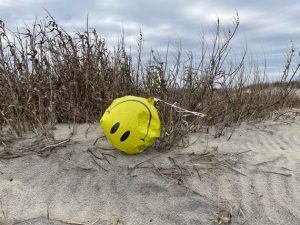
And deflated balloons are a constant sight along the Outer Banks. Cape Hatteras National Seashore (CHNS) personnel who patrol the Bodie Island, Hatteras Island, and Ocracoke Island beaches collected a total of 1,786 balloons in 2023 – a sharp increase from their 2022 count of 733 balloons.
CHNS doesn’t keep tabs on any other type of litter that is removed from the shorelines, but balloons are singled out for an annual tally because they are so wide-ranging and harmful to wildlife.
Floating balloons resemble food, and animals may die of starvation if ingested balloons block their digestive tract. Per the Ocean Conservation Society, several species of sea turtles and seabirds are particularly threatened by this type of pollution – even more so than hard plastic – because balloons and balloon fragments are so easily mistaken for normal food sources.
Balloons and marine debris are also one of the top causes of death in sperm whales – a species with no known predators. “This is a slow and debilitating death for these whales,” says Swick, noting that this statistic has especially lingered in her mind over the past week, as four whales were found dead from Nags Head to the Virginia Beach area.
“I’m a member of N.E.S.T. and the Mammal and Seal Stranding [Network], so I get to witness the human impact of balloons on these beautiful creatures firsthand,” she says. “I love it here. I’m part of this community, and I just had to do something.”
Swick is quickly building a reputation as the “Outer Banks Crazy Balloon Lady,” and she is completely fine with it.
She has “Balloons blow, don’t let them go” painted on the back of her car. She has launched a Ban Balloon Release NC Facebook page and a Change.org petition which are both steadily growing attention.
She has spoken out at town meetings in Duck, Kill Devil Hills, Kitty Hawk, Nags Head, and Southern Shores, and she’s connecting with Dare County Commissioners to adopt countywide ordinances against releasing balloons.

She’s working with a state senator to initiate a statewide ban on balloon releases, because there are ten states, (including neighboring Virginia), with laws that prohibit balloon releases, but North Carolina is not one of them.
She is talking to global balloon manufacturers and national stakeholders, and in the Outer Banks, she’s reaching out to local businesses and organizations to drum up more support, and more attention.
And her “Crazy Balloon Lady” efforts are gaining traction.
The Outer Banks Association of REALTORS® recently followed her lead and has taken a stance, encouraging members to no longer use balloons for open houses or to draw attention to homes for sale. On March 12, the Town of Southern Shores passed a resolution to also stand against the mass release of balloons into the Outer Banks atmosphere.
Swick has also gotten a number of organizations to align with her cause, including N.E.S.T., Outer Banks Women’s Club, Dunes of Dare, and locally on Hatteras Island, the North Carolina Beach Buggy Association.
Swick is spearheading a flurry of advocacy efforts, and is getting a wave of results, but for her, it’s not nearly enough.
“A resolution is a step in the right direction, but I would prefer an ordinance,” she says. “Greenville, North Carolina, issues a $250-per-balloon violation, and Topsail Island is trying to implement a $500 fine. If there’s a substantial fine involved, it may actually be a deterrent.”
“Balloons let go on the Outer Banks are going 1,300 miles into the ocean, and we will never know the animals that make contact with them,” she adds.
While Swick is making the local rounds talking to town and county officials, her eye is mostly focused on a statewide ban of balloon releases, simply because of this extensive range.

On a recent beach walk in Nags Head, she picked up a balloon near Jennette’s Pier that came from a real estate office in Birmingham, Alabama, roughly 700 miles away.
Swick removed the deflated balloon from the beach, but she also called the Alabama real estate office’s CEO to tell the company what she discovered. “It was a good conversation… and they are no longer using balloons for their [marketing],” she says.
“I compare the balloon [issue] to the Canadian smoke fires last summer, where that smoke traveled 2,000 miles to the Outer Banks,” she says. “It’s one of those things where when you walk the beach, you find them all the time, and they literally come from everywhere.”
“One lady who does regular ATV patrols for N.E.S.T. said she found 56 balloons in a single morning. It’s unbelievable.”
In addition to trying to foster countywide and statewide balloon bans, Swick also directs her advocacy efforts close to home.
As a summertime sea turtle nest sitter – a position where volunteers monitor nests on the verge of hatching – Swick can draw a crowd of up to 200 visitors who want a rare opportunity to see dozens of baby sea turtles hatch and make a beeline for the ocean.
“When you’re a nest sitter, part of the job is educating the gathering groups, and I love talking to the children,” she says. “I ask them, ‘Where are you from?’ and they might say ‘Ohio,’ and I say, ‘If you’re from Ohio, you can help wildlife right here by not letting balloons go at your home!’
“Their eyes grow wide, and they understand… And kids can shame their parents into doing the same. They definitely have no problem doing that.”
Swick’s diehard dedication means that she is fully immersed in the damage that balloons can do. She has seen plenty of graphic photos – too horrible to share on Facebook – and she has seen all the statistics and global headlines that make it impossible to ignore the problem.
Swick is also fully aware that her efforts, though persistent and passionate, are a drop in the bucket considering that balloons from thousands of miles away are haphazardly and routinely landing on the Outer Banks.
But there is optimism, too, based on the response of local, county, and state officials, and most importantly, based on the feedback she has had from the public.
“Visitors to the Outer Banks come back year after year, and they take pride in our community. They have a vested interest,” she says. “It’s not like going to Disneyland once and never going back – our visitors love it here, and they care about our area.”
“I think a lot of people are caught off guard when they hear about the damage balloons can do, and they want to help,” she adds. “Education is definitely a big part of this.”
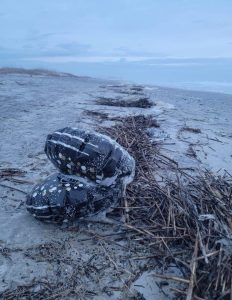
And while Swick may be the “Crazy Balloon Lady,” she’s certainly not anti-fun.
She personally owns two bubble machines – one of which is in her purse at all times in case of a celebration-related emergency – and is a huge fan of pinwheels, flags, and other indicators of a good time.
“There are always alternatives,” she says. “Pinwheels and flags are great for [local businesses] who want to grab attention, especially in our lovely, breezy area. Taking away balloons is not going to financially strap any organization or business.”
Swick just wants to eradicate the extensive damage of balloons, and she is constantly hopeful that there are enough concerned citizens like her who are willing to join in.
“When you live in a pristine place like this that you are so blessed to be in, you can’t take it for granted, and you want to do everything you can to keep it beautiful,” she says. “No one likes litter. No one likes trash on the beach. And maybe we can have people look at balloons differently, which will make a difference.”
“It’s our world, and our children’s world, and it’s something that we can actually do something about.”
For more information:
- Click here to see the Change.org petition to ban the release of balloons in North Carolina.
- Click here to visit the Ban Balloon Release NC Facebook page with more information on balloons on the Outer Banks.
- Click here to see Swick’s resolution presented to local officials.




